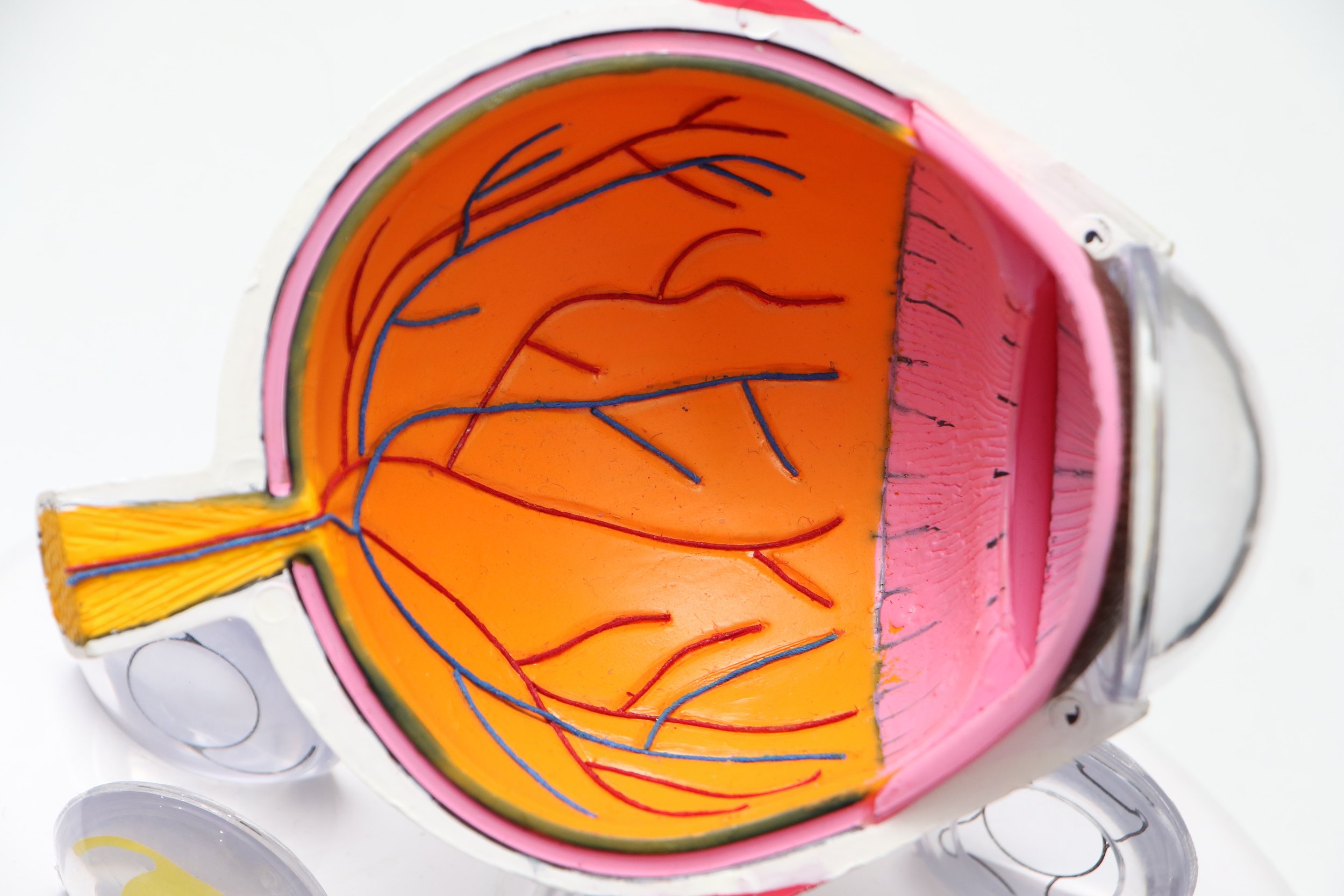Explore Applications
AMD
Anatomical findings in dry AMD can be uncorrelated to progression or severity. Functional biomarkers are needed to assess severity and risk of progression before significant visual acuity changes occur.
Duke University demonstrated color vision as a biomarker of Dry AMD, even at its earliest stages. They showed the Rabin Cone Contrast Test able to detect both early stage dry AMD and sub-clinical progression in intermediate AMD, with no structural changes detectable on the OCT or fundus photography. Color vision may also be the best predictor of future visual acuity loss.
Glaucoma
By the time the earliest visual field defects in glaucoma can be detected using threshold perimetry, extensive and irreversible neuronal damage has already occurred. Demonstration of color vision loss with the Rabin Cone Contrast Test may allow detection of glaucoma at an earlier stage than conventional perimetry, resulting in improved prognosis
Cataracts
Cataracts affect all aspects of vision, including color vision. Due to the yellowing of the lens, blue cones are affected more severely than red or green, making it possible to discern the effects of cataracts in cases of co-morbidity. Distinguishing recoverable impairment from cataracts versus permanent loss from other disease can help manage patient expectations for surgery. And establishing a baseline clearly demonstrates functional improvement, improving patient satisfaction.
Plaquenil Management
The first signs of retinopathy may be subtle retinal changes such as pigmentary stippling or granular appearance of the macula. In this stage, the patient is likely to be asymptomatic and not exhibiting defects in visual field testing. In these cases, however, color vision is already reduced and may precede anatomical changes.
It is known that subjective visual function tests are the most sensitive detectors of the earlier stages of retinal damage. Adding the Rabin Cone Contrast Test™ to a screening protocol may provide the earliest indication of retinal toxicity.
Diabetes
It is widely known that diabetes causes cellular changes that lead to damage in the vascular and neurologic system. What is less known is that measurable neural changes, which affect color vision, may precede vascular changes. Defects in color vision may allow the earliest detection of diabetic eye disease.
Incorporating the Rabin Cone Contrast in the diabetic eye exam can improve quality of care by identifying pre-clinical changes, improving risk prediction and follow-up timing decisions.





